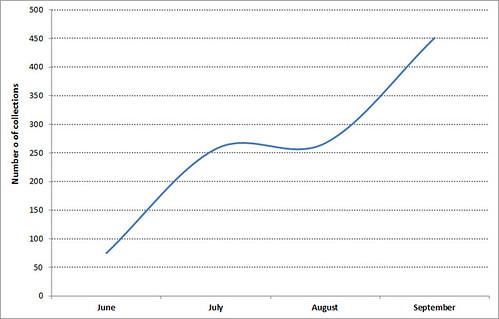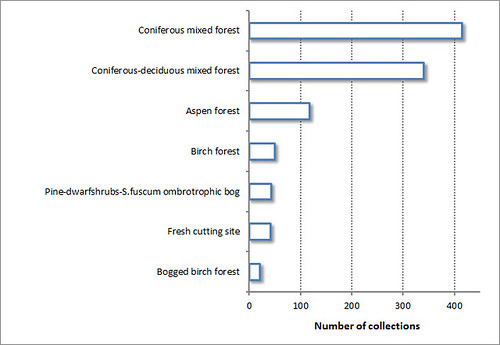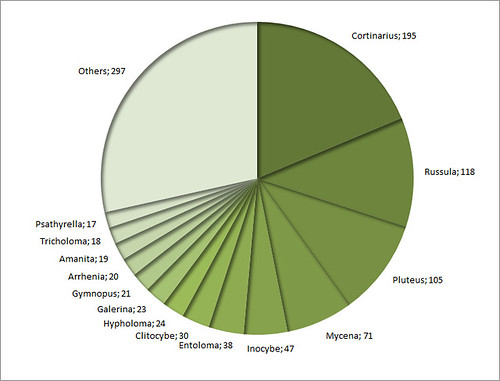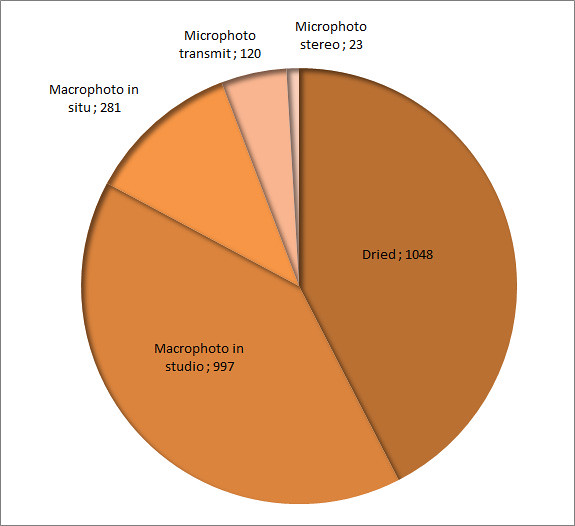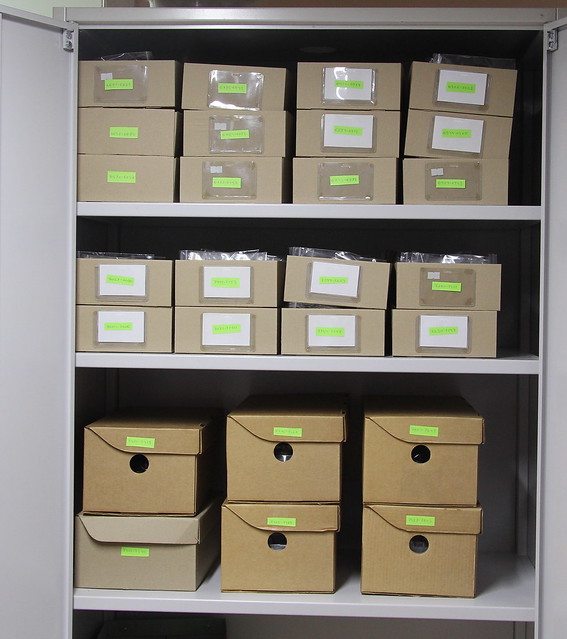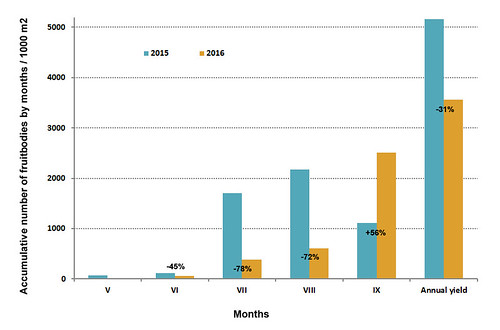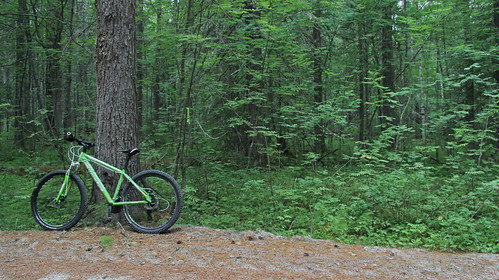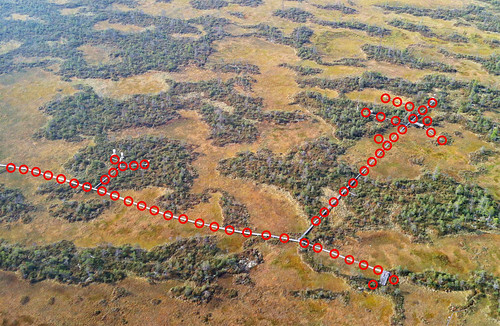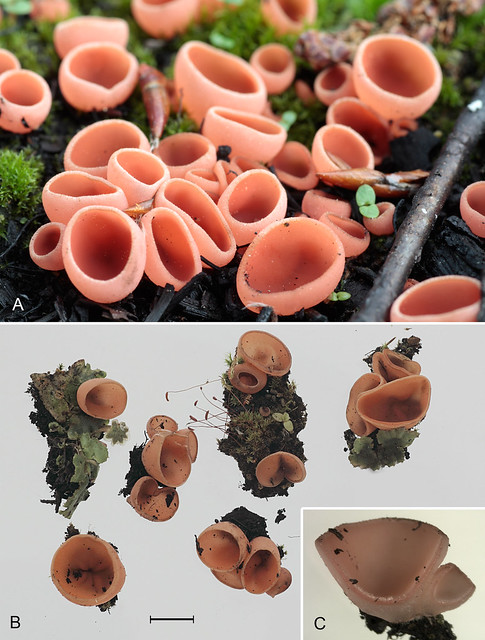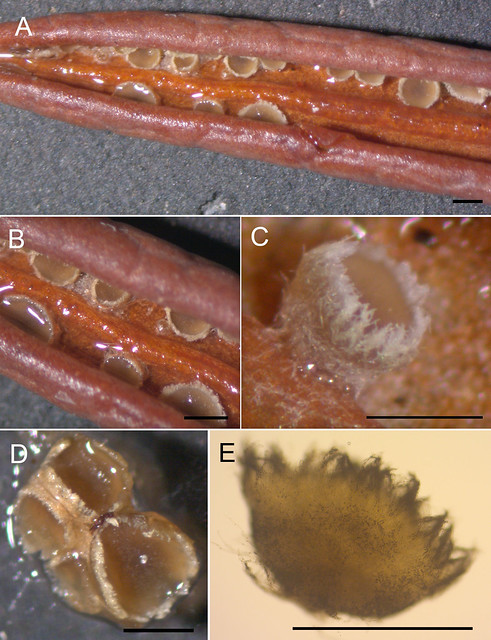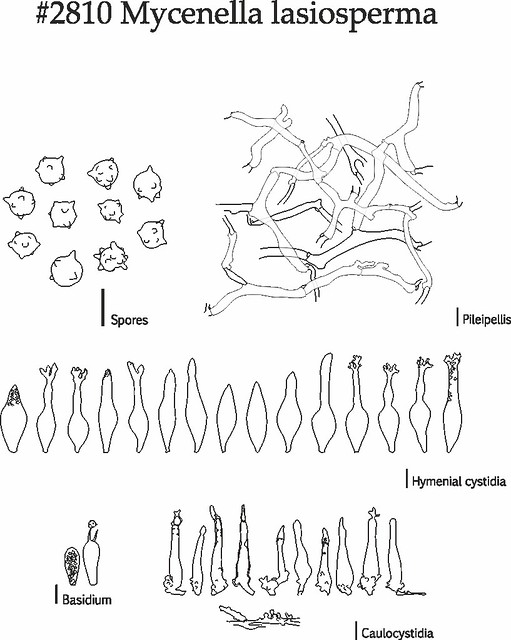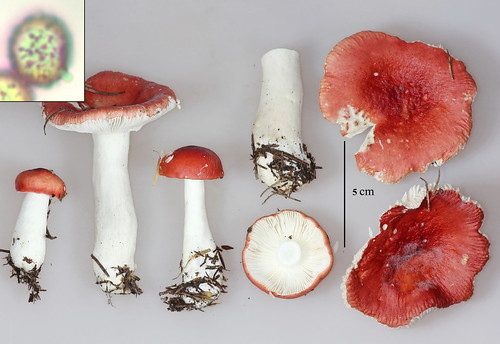The collection of 2016 field season reached 1048 specimens! — having finished the import of collections metadata into Specify i have made some calculations and pictures. The beginning of the season was quite pure due to dry weather (75 specimens in June). An equal number of specimens was collected in July and August (257 and 267 spec.). And finally long-awaited rains in September made the baskets full (and 1050 collection specimens in fungarium drawers). It is strange and funny to see that my collection yield did not have an uniform curve, but oscillating between probably ..very inspired and slightly tired days.. 🙂
Relating to different vegetation types, the most of collections made from pure coniferous and coniferous with deciduous trees forests. About 10% of collections was made in predominantly Aspen forests and 5% in Birch forests. Collections from bogs, bogged forests and cutting sites made about 10% in sum.
What do you expect about richness of Genera in this collection? — i would guess Cortinaria of course, Russula was quite abundant in mid-summer, also Mycena‘s, Clitocybe‘s, Entoloma‘s always collected since difficulties with in situ identification; plus surprisingly 105 specimens of Pluteus (luckily Tanya likes them).
Here are some statistics about different preparations numbers: besides 1048 dried specimens, about 1000 macrophoto was made in studio, 280 photos made in situ. The last type of photographs is more time consuming but more valuable for different purposes. Some small fraction of collections was microscopied in fresh (vital) state and their pictures also stored in Specify.
The total Fungarium collection reached about 4,5 thousands. The database in Specify online will be updated (going to pass it from my computer to server soon). And the fresh collection, currently sorted by numbers, should be rearranged by taxa and hopefully identified during this winter.

